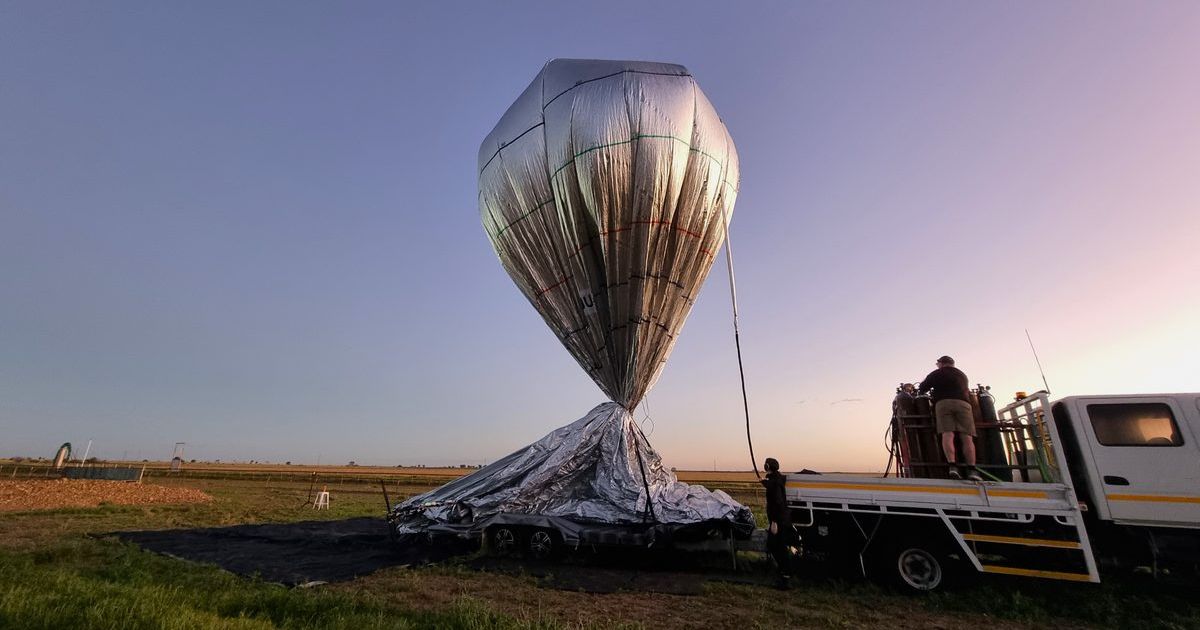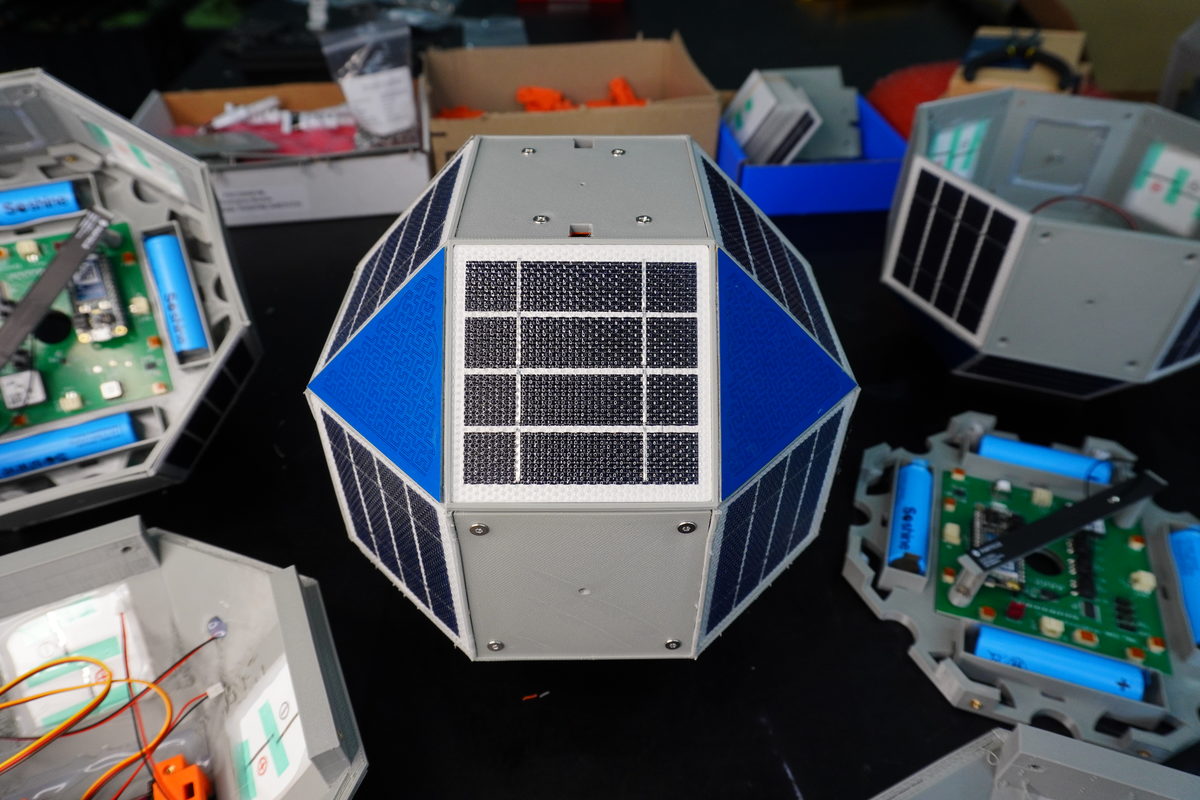Blimps, night vision and AI to tackle floods and fires

The Stratoship team fills a blimp with helium as part of testing for the NSW government's Natural Hazards Detection System program. Photo: SUPPLIED.
FIFTEEN new technologies will be trialled across NSW in a $3.3 million program to improve early detection of floods and bushfires.
The Natural Hazards Detection System program was launched this week to test innovations such as devices that can send real-time water levels from road signs to emergency services, night vision imaging, blimp-based aerial cameras and networks of soil sensors to monitor fire risk.
Emergency services minister Jihad Dib said the trials would help communities prepare for more frequent and intense disasters.
“By testing cutting edge technologies and new early warning systems, we can improve the way we predict and provide disaster warnings,” Dib said.
Innovation, science and technology minister Anoulack Chanthivong said the program showed how government could work with researchers and industry.
“These exciting new technologies can make positive change in the lives of those most directly impacted by disasters caused by natural hazards,” Chanthivong said.
The trials are expected to be particularly valuable in disaster-prone regions.

Minister for recovery Janelle Saffin said the new systems would be critical in areas such as the Northern Rivers and Hawkesbury-Nepean.
“With the constant change in our climate, floods and bushfires are occurring more frequently and we have a responsibility to ensure our communities are better prepared and more resilient to their impacts,” Saffin said.
“Having enough time to plan evacuation routes could save lives, and in locations such as the Northern Rivers and the Hawkesbury-Nepean, give farmers advanced warning to move livestock to higher ground.”
The program is being led by the Office of the Chief Scientist and Engineer in partnership with the NSW Reconstruction Authority.
NSW chief scientist Hugh Durrant-Whyte said the projects were changing the way the state responded to disasters.
“By supporting these companies to further develop and test their systems and devices, we will be able to provide real-time solutions for the prediction and management of both fire and flood hazards for NSW communities and emergency services,” Durrant-Whyte said.
The program follows recommendations from the 2020 Bushfire Inquiry and 2022 Flood Inquiry.


















